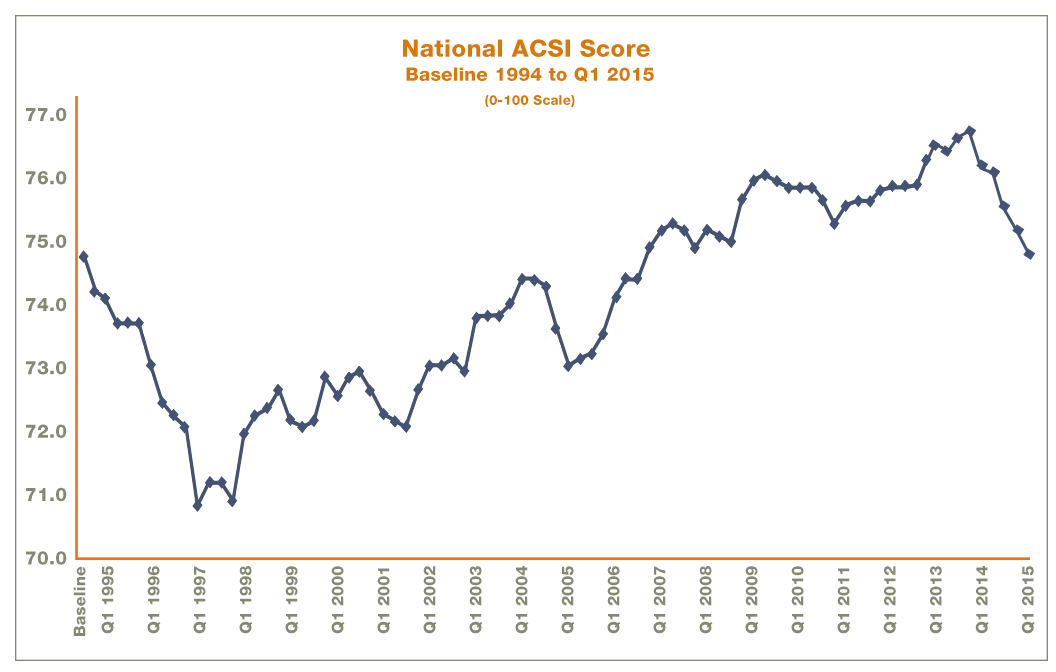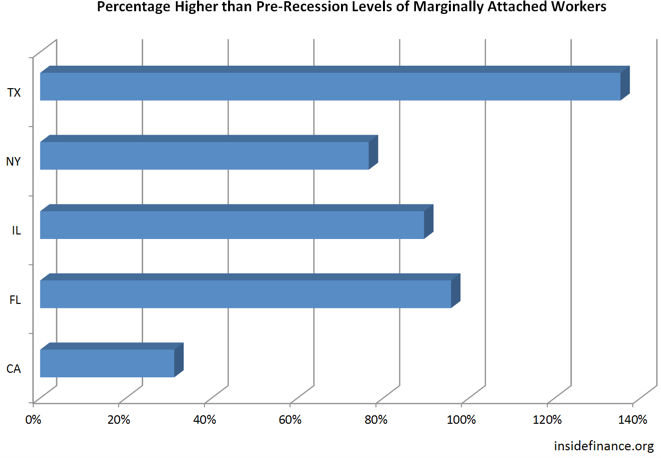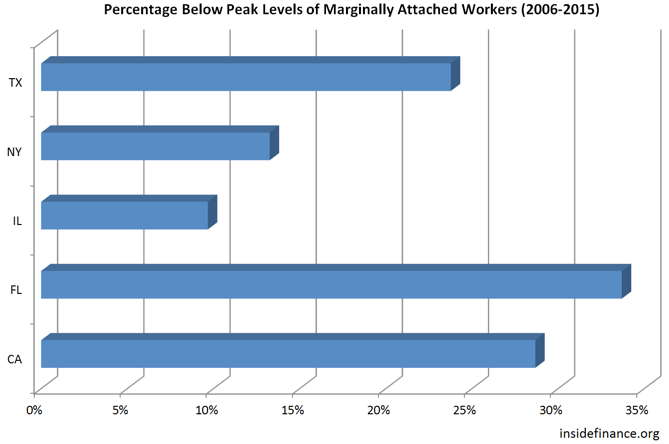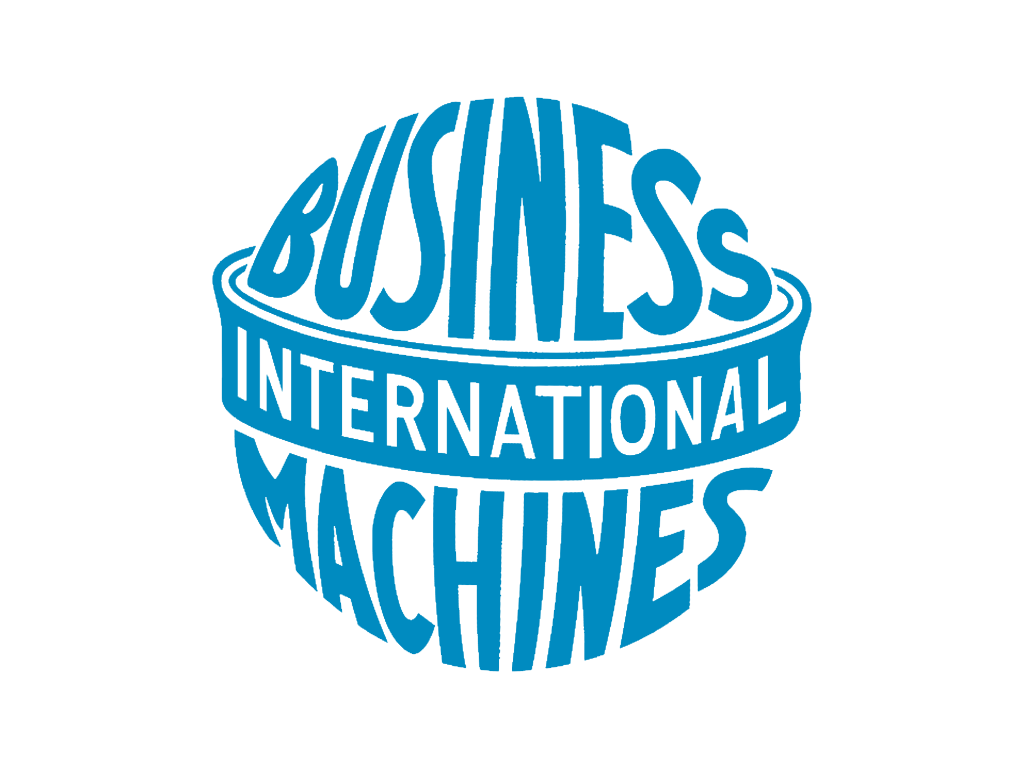Nearly thirty years ago, Peter Drucker saw the need for and wrote of the imperative of change management within an information based, highly educated, “knowledge worker” economy and workforce:
To be sure, the fundamental task of management remains the same: to make people capable of joint performance through common goals, common values, the right structure, and the training and development they need to perform and to respond to change. But the very meaning of this task has changed, if only because the performance of management has converted the workforce from one composed largely of unskilled laborers to one of highly educated knowledge workers.
We live in a world obsessed with safety, and mitigation of risk. Inherently, there is nothing wrong with either of these elements, except for the fact that no matter how hard we try, we cannot guarantee either absolute safety or the absence of risk.
In an excellent post in the Harvard Business Review, as summarized in this morning’s Management Tip of the Day, the whole concept of risk versus safety is put to a challenge:
Most of us consider ourselves to be risk averse, but what we consider “safe” behavior often contains much more uncertainty than we suspect…The challenge is that there are very few environments that remain static. “Safe” investments like gold can lose value. You could be fired from your “safe” job. And yet we behave as if the current state will persist in perpetuity. While no one can predict the future, there are a few tactics you can use to get better at evaluating risk. Before you make a decision, do your research on all of the potential avenues of action. Ask credible experts to weigh in. And don’t forget to evaluate the inherent risk of doing nothing. Sometimes the status quo is actually riskier than taking a leap into the unknown.
Excellent advice, see the full post here. Of course, as noted above, risk must be carefully researched and thought out. To use an old word, to exercise prudence, which the Oxford English Dictionary defines as the, “ability to recognize and follow the most suitable or sensible course of action; good sense in practical or financial affairs; discretion, circumspection, caution.” In short, to exercise judgement when making a decision about the future. But too much caution, or worse, being restrained by fear amounts to the idea that we are actually in more control than we are, and that is little more than self-deception.




